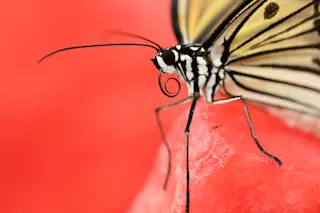The dark, high-pressure depths of Earth’s interior is an unexpected place to find life. Now, an international group of scientists report there’s 16.5 to 25 billion tons of micro-organisms beneath the planet’s surface. The team’s work is redefining what a habitable environment is.
The discoveries “force us to reimagine what the boundaries are that life can exist in,” said Karen Lloyd, a microbiologist at the University of Tennessee in Knoxville.
Lloyd is a member of the Deep Carbon Observatory (DCO), a collaborative network of more than 1,000 geologists, chemists, physicists and biologists around the globe that is uncovering the life buried within the Earth. The group is on a decade-long mission to discover how the carbon stored deep in the Earth affects life on the surface.
The collaboration has revealed that life teems beneath the planet’s surface in a vast ecosystem scientists call “the deep biosphere.” A diverse mix of ...














